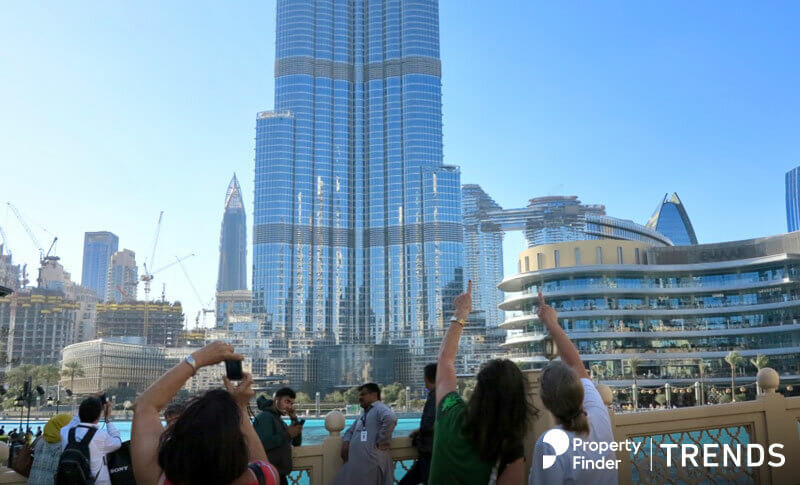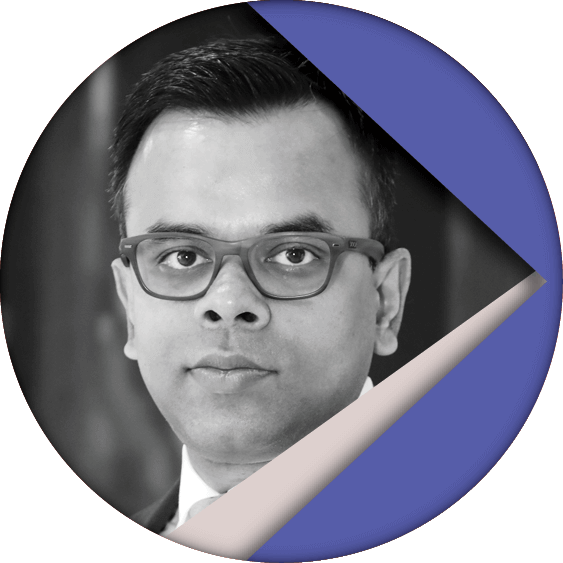Today’s homeowners and investors display a better understanding of materials, design and the manufacturing process
Traditionally, luxury denotes something that is enjoyed by certain people and not by others. It speaks of the privilege and exclusivity enjoyed by an elite few. But tastes are shifting from acquiring things to acquiring experiences. Increasingly, people are not content to take up space and buy what is being sold; but there is an increased awareness of quality, craftsmanship, and culture. The world of luxury has long since moved from being transactional to ritualistic. Luxury is not about money. It is about living a truly authentic life. It is a very personal idea. True luxury is about creating the life that you want to live.
Keeping this definition in mind, homes are not about brick and mortar anymore. Today, more than ever, craftsmanship, heritage, and skill are becoming increasingly important for discerning clients – this is how true quality and luxury are being defined in the highly competitive and often complex real estate sector. The buyer profile too has morphed, with today’s homeowners and investors taking a far greater interest and displaying a far better understanding of materials, design and the overall manufacturing process, actively participating in the savoir-faire. The assurance that their homes are made to the highest possible standards is often a strong point that sways the purchase decision in favor of one developer versus another.
Perhaps one of the most prolific architects of this century, Zaha Hadid had a view on structures, as with other things. She famously said that architecture is not simply about shelter. “It should be able to excite you, calm you, make you think.” It was no secret that she was ahead of her time, imagining life experiences instead of spaces.
There are few names today in the Middle East real estate landscape that live up to this promise of form, function and feeling. Taking the less trodden path is Sobha Realty, a luxury developer who is the creator of the Sobha Hartland project – a luxurious freehold community spread across 8 million square feet within Mohammed Bin Rashid Al Maktoum City in the heart of Dubai.

The value of evoking emotion
In order to thrive in the bespoke, luxury space, it is critical that one exceeds the customer expectation in all three areas – product concept, project management, and design aesthetic.
For something as personal as a home, nothing is as important as inspiring a sense of belonging. In the luxury segment, interpreting this sentiment in the form of good design also makes excellent business sense. According to the disruptive London-based real estate agency, The Modern House, premium design can increase the value of a home by an average of 12 percent.
Think of it as you would of a traditional Swiss watchmaker, a French couture house or a handmade shoemaker from Northampton, England. Homes are just as much about the brand promise as much as they are about the actual product that you can touch and feel.
Meaning in the make
It is not uncommon in markets such as Dubai to confuse gaudy fixtures and sparkly trimmings as a sign of luxurious living. In reality, the value of a home can be traced right back to the drawing board. From the moment a design is conceived to the point of actual build, there are several factors that determine whether the final structure will prove to be a worthwhile investment that will stand the test of time.
More often than not, this cohesion of several moving parts becomes difficult due to the fact that a majority of developments follow a fragmented approach to design and build. In contrast, following a singular build strategy focused on backward integration offers greater control over the process. This means that everything from concept design, to the development and installation of MEP grids, landscaping and interiors are all managed in one seamless workstream.
The benefits of design-build integration are now widely accepted across the world. According to research by the Construction Industry Institute (CII), part of Penn State Research in the US, backward integration can save up to 6.1 percent in costs and deliver projects 33.5 percent faster than traditional general contracting.
Sobha Realty is a backward integrated company with all the key competencies and in-house resources to deliver a project from conceptualization to completion – an approach it has tried and tested in building and delivering 101 million square feet of area so far.
Ultimately, this comes down to efficient project management and quality control. For the home buyer or investor, this attention to detail ensures that maintenance costs are negligible in the long run, while the resale value continues to grow.
Contemporary luxury living
from the neoclassical aesthetic of the 60s and 70s to the modern interplay of Mediterranean and Scandinavian design. Whatever the preference, a common theme that runs through luxury developments today is the departure from concrete juggernauts to urban escapes.
Sobha Hartland aims to address this demand in the market. In our Sobha Hartland project which is under construction, approximately 30 percent of the master plan is reserved for greenery and open spaces. It also features a host of amenities including parks, forests, retail and hospitality concepts.
This differentiation has struck a chord with international investors. Sobha Hartland registered a 200 percent increase year on year in Chinese investments in the first two months of 2019.
We got into the business of luxury living 42 years ago. It has taken decades to build the Sobha brand, which today represents a legacy of workmanship and the resulting strong return on investment. This is exactly what today’s discerning home-buyer expects in an otherwise cluttered market.

TIRTHANKAR GANGULY
Chief Marketing Officer, Sobha Realty